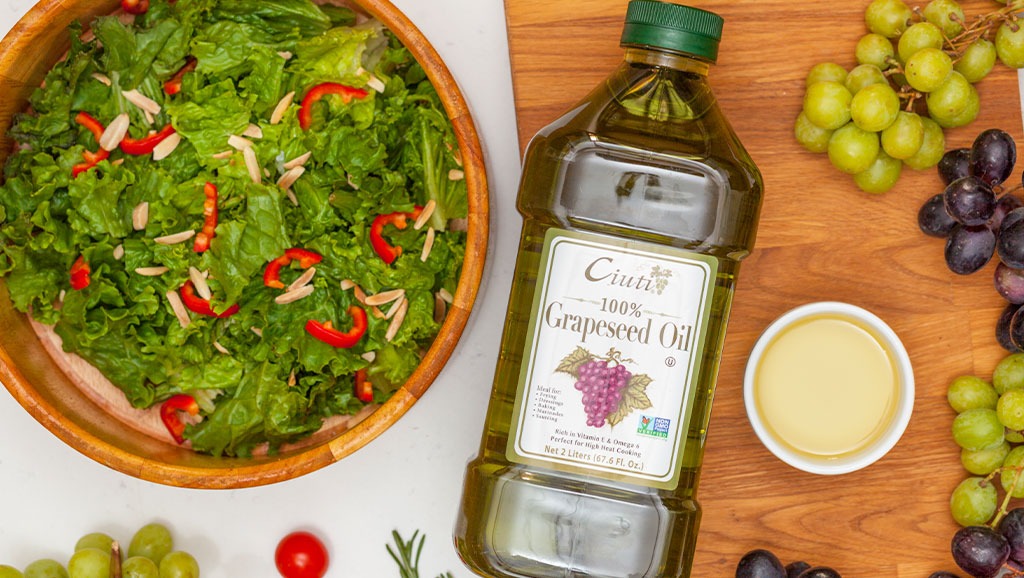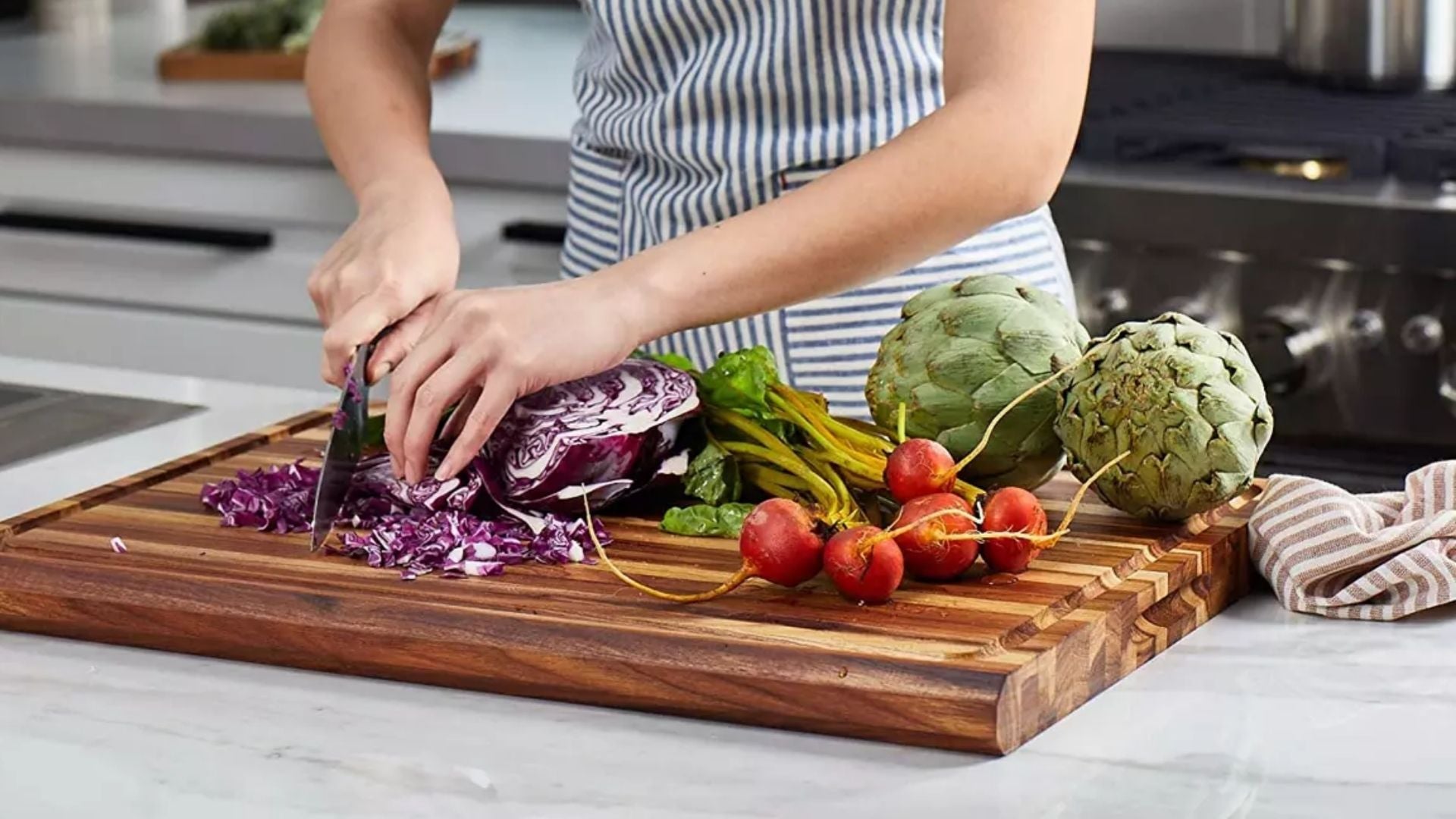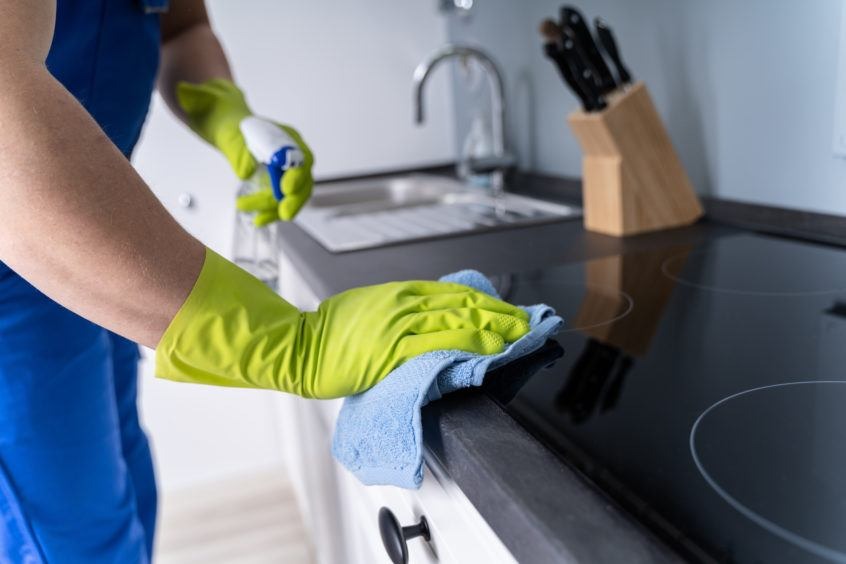Your kitchen sink is one of the most utilized fixtures in your home, making it essential to keep it clean. If you have a garbage disposal, maintaining the sink drain can be even more challenging. But don't worry! This comprehensive guide will help you understand how to clean a kitchen sink drain with a garbage disposal effortlessly. Whether you're a seasoned homeowner or renting an apartment, these tips will ensure your kitchen sink remains unclogged and odor-free.

Importance of Maintaining Your Kitchen Sink Drain and Garbage Disposal
Cleaning the drain and garbage disposal is vital for several reasons. It not only prevents unpleasant odors but also ensures the efficiency of your garbage disposal system. Over time, food particles and grease can accumulate, leading to clogs and potential damage.
Issues Caused by a Dirty Garbage Disposal
- Bad odors emanating from the sink
- Slow drainage
- Frequent clogs and backups
- Reduced garbage disposal efficiency

Tools Needed for Cleaning Your Kitchen Sink Drain
Before starting, gather these items:
- Baking soda
- Vinegar
- Boiling water
- Dish soap
- Ice cubes
- Rock salt
- Lemon or orange peels

Step-by-Step Guide to Cleaning
Step 1: Prioritize Safety
Ensure the garbage disposal is turned off and unplugged to prevent any accidents. Always err on the side of caution when dealing with electrical appliances.
Step 2: Remove Food Debris
Check inside the disposal unit for any visible food particles and remove them using pliers or tongs. Never use your hands, as the blades can be sharp.
Step 3: Baking Soda and Vinegar
Baking soda and vinegar make a powerful cleaning duo. Pour half a cup of baking soda down the drain, followed by a cup of vinegar. Let it fizz for 10-15 minutes to loosen any grime.
Step 4: Flush with Boiling Water
Pour a kettle of boiling water down the drain to flush away the loosened debris. This step helps clear out any remaining grease or food particles.
Step 5: Dish Soap and Hot Water
Fill the sink with hot water and add a few drops of dish soap. Remove the plug to let the soapy water drain through the disposal, cleansing the blades and walls.
Step 6: Ice Cubes and Rock Salt
Place a handful of ice cubes and rock salt into the garbage disposal and run it. This combination scrubs and cleans the interior surfaces of the disposal unit.
Step 7: Freshen Up with Citrus Peels
Grind some lemon or orange peels in the disposal to eliminate lingering odors. The citric acid helps break down grease, while the peels impart a refreshing scent.

Maintenance Tips
- Avoid placing fibrous or starchy foods down the disposal.
- Run cold water before, during, and after using the garbage disposal.
- Use the disposal regularly to prevent rust and corrosion.
- Periodically clean the disposal with ice and rock salt.
Common Mistakes to Avoid
Many people unknowingly damage their garbage disposal by making simple mistakes. Here are a few to avoid:
- Using hot water while grinding food waste
- Placing non-food items in the disposal
- Overloading the disposal unit
- Neglecting regular cleaning
FAQs
How often should I clean my garbage disposal?
It's a good idea to clean your garbage disposal once a week to prevent buildup and odors.
What should not be put in a garbage disposal?
Avoid putting fibrous foods (like celery), starchy foods (like potatoes), bones, and non-food items down the disposal.
Can I use bleach to clean my garbage disposal?
It's not recommended to use bleach as it can damage the unit and create harmful fumes. Stick to natural cleaning agents like baking soda and vinegar.
For more detailed steps, check out this guide on WikiHow.
For more information on maintaining your kitchen sink and garbage disposal, read our Ultimate Kitchen Guide or explore our Garbage Disposal Tips article. Alternatively, you might find our Trap Maintenance tips useful.
As an Amazon Associate, I earn from qualifying purchases.






Leave a comment
This site is protected by hCaptcha and the hCaptcha Privacy Policy and Terms of Service apply.